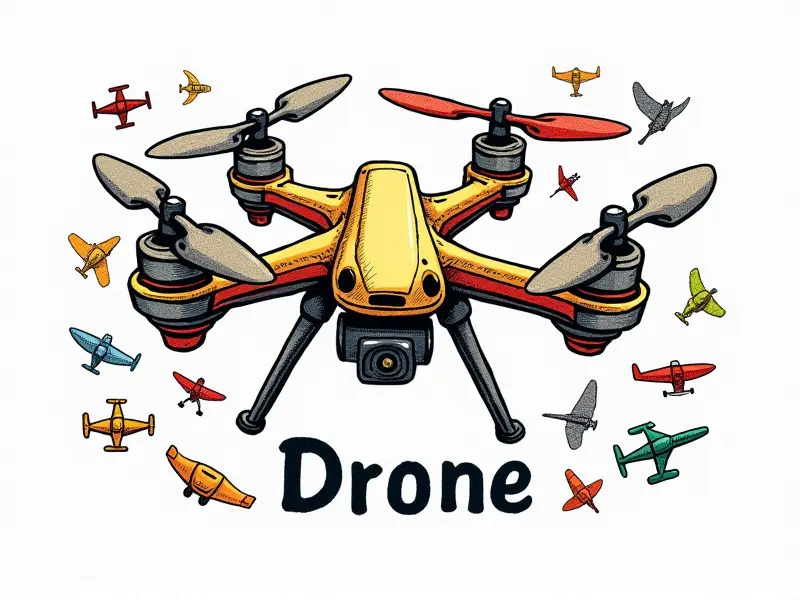Motor KV rating explained

Understanding KV Ratings for RC Motors
The KV rating is a crucial specification when it comes to choosing the right motor for your remote-controlled (RC) aircraft, quadcopters, or drones. It represents the number of revolutions per minute (RPM) the motor will turn at zero torque with one volt applied across its terminals. Understanding this metric is essential for optimizing performance and efficiency.
Decoding KV Ratings for RC Models
The KV rating directly impacts how fast your RC model can operate under various conditions. A higher KV number means that the motor will spin faster at a given voltage, which affects both speed and thrust output. Conversely, a lower KV rating provides more torque but less RPM.
KV Rating Guide for RC Pilots
- High KV Motors: Ideal for racing and high-speed applications where maximum velocity is crucial.
- Moderate KV Motors: Suitable for general flying, providing a balance between speed and power.
- Low KV Motors: Best for heavy lifting or applications requiring sustained thrust over long periods.
How KV Affects Your RC Performance
The KV rating of your motor influences several aspects of performance, including acceleration, top speed, and flight time. Higher KV motors tend to accelerate more quickly but may have shorter overall flight times due to higher power consumption. Lower KV motors provide better sustained performance at the cost of slower initial acceleration.
Simplifying KV Ratings for Beginners
For those new to RC flying, understanding KV ratings can seem daunting. However, it's quite straightforward once broken down:
- RPM vs Voltage: The higher the KV value, the more RPM you get per volt.
- Battery Selection: Use batteries with sufficient voltage to drive your chosen motor effectively.
Choosing the Right KV for FPV Racing
In FPV (First Person View) racing, speed and responsiveness are paramount. High-KV motors offer superior performance in this arena by providing rapid acceleration and top speeds necessary for competitive edge.
Maximizing Flight Time with KV Choice
To extend flight duration, consider using a motor with a lower KV rating. These motors generate more torque at the expense of RPM, leading to better efficiency over long flights.
Understanding KV Ratings for FPV Drones
For FPV drones, selecting an appropriate KV motor is critical to balancing speed and stability. Higher KV motors are preferred for fast-paced action, while lower KV options offer more control in slower, maneuverable settings.
The Importance of KV Rating in RC
The KV rating plays a pivotal role in determining the overall performance characteristics of your RC vehicle. It directly influences how well your aircraft handles different types of flying scenarios and environments.
How to Choose the Right KV Rating
- Determine Your Needs: Consider whether you prioritize speed, power, or endurance.
- Evaluate Battery Capacity: Ensure your chosen motor is compatible with your battery pack's voltage and capacity.
- Test Flight Conditions: Experiment with different KV ratings to find the optimal balance for your specific application.
Conclusion
Mastery of KV ratings empowers RC pilots to optimize their vehicles' performance based on intended use and environmental factors. Whether you're racing, filming aerial footage, or simply enjoying recreational flying, selecting the right motor KV is crucial for achieving peak results. By understanding these principles, you can enhance your RC experience significantly.

